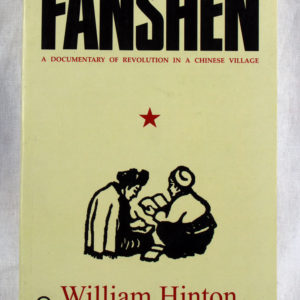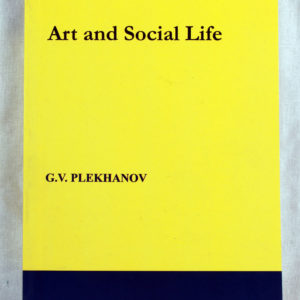Midnight’s Children | Salman Rushdie
₨ 798.40
Midnight’s Children is a 1981 novel by British Indian author Salman Rushdie. It deals with India’s transition from British colonialism to independence and the partition of British India. It is considered an example of postcolonial, postmodern, and magical realist literature.
Midnight’s Children is a 1981 novel by British Indian author Salman Rushdie. It deals with India’s transition from British colonialism to independence and the partition of British India. It is considered an example of postcolonial, postmodern, and magical realist literature.
The story is told by its chief protagonist, Saleem Sinai, and is set in the context of actual historical events. The style of preserving history with fictional accounts is self-reflexive.
Midnight’s Children won both the Booker Prize and the James Tait Black Memorial Prize in 1981. It was awarded the “Booker of Bookers” Prize and the best all-time prize winners in 1993 and 2008 to celebrate the Booker Prize 25th and 40th anniversary.
In 2003, the novel was listed on the BBC’s The Big Read poll of the UK’s “best-loved novels”.[4] It was also added to the list of Great Books of the 20th Century, published by Penguin Books.
Background and Plot Summary
Midnight’s Children is a loose allegory for events in India both before and, primarily, after the independence and partition of India. The protagonist and narrator of the story is Saleem Sinai, born at the exact moment when India became an independent country. He was born with telepathic powers, as well as an enormous and constantly dripping nose with an extremely sensitive sense of smell. The novel is divided into three books.
The book begins with the story of the Sinai family, particularly with events leading up to India’s Independence and Partition. Saleem is born precisely at midnight, 15 August 1947, therefore, exactly as old as independent India. He later discovers that all children born in India between 12 a.m. and 1 a.m. on that date are imbued with special powers. Saleem, using his telepathic powers, assembles a Midnight Children’s Conference, reflective of the issues India faced in its early statehood concerning the cultural, linguistic, religious, and political differences faced by a vastly diverse nation. Saleem acts as a telepathic conduit, bringing hundreds of geographically disparate children into contact while also attempting to discover the meaning of their gifts. In particular, those children born closest to the stroke of midnight wield more powerful gifts than the others. Shiva “of the Knees”, Saleem’s nemesis, and Parvati, called “Parvati-the-witch,” are two of these children with notable gifts and roles in Saleem’s story.
Meanwhile, Saleem’s family begin a number of migrations and endure the numerous wars which plague the subcontinent. During this period he also suffers amnesia until he enters a quasi-mythological exile in the jungle of Sundarban, where he is re-endowed with his memory. In doing so, he reconnects with his childhood friends. Saleem later becomes involved with the Indira Gandhi-proclaimed Emergency and her son Sanjay’s “cleansing” of the Jama Masjid slum. For a time Saleem is held as a political prisoner; these passages contain scathing criticisms of Indira Gandhi’s over-reach during the Emergency as well as a personal lust for power bordering on godhood. The Emergency signals the end of the potency of the Midnight Children, and there is little left for Saleem to do but pick up the few pieces of his life he may still find and write the chronicle that encompasses both his personal history and that of his still-young nation, a chronicle written for his son, who, like his father, is both chained and supernaturally endowed by history.






Reviews
There are no reviews yet.